The 1961 Lincoln Continental didn’t just mark a new chapter for Lincoln—it redefined what an American luxury car could be. With its clean lines, rear-hinged doors, and understated presence, it was a sharp break from the chrome-heavy excess of the late ’50s. This wasn’t a car built to shout. It was built to carry weight—quietly, comfortably, and with real purpose.
Most people know it as the car President John F. Kennedy was riding in when he was assassinated. But the ’61 Continental deserves to be remembered for more than just one moment in history. Here are 10 facts that explain why this Lincoln still commands attention today.
1. It Introduced a New Design Direction for Lincoln
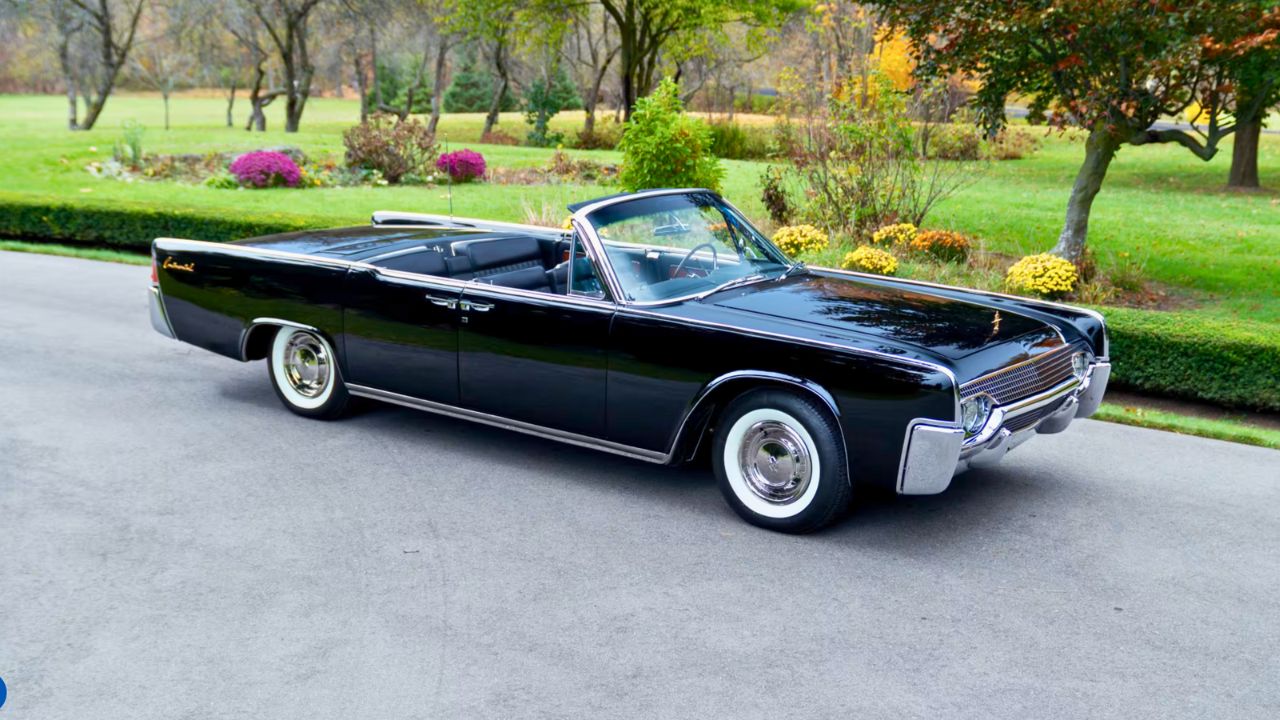
The 1961 Continental marked a major reset for Lincoln. After years of long, bloated designs, Ford pulled the plug on the ’60 model early and replaced it with something tighter, cleaner, and more refined. This new car was built on a shortened Thunderbird chassis and had more compact dimensions, but it didn’t lose its luxury feel.
It was the first car under Elwood Engel’s design lead and set the tone for Lincoln styling for the rest of the decade. The sharp lines, slab sides, and minimal ornamentation made it feel modern without being cold.
2. Suicide Doors Became a Signature Feature
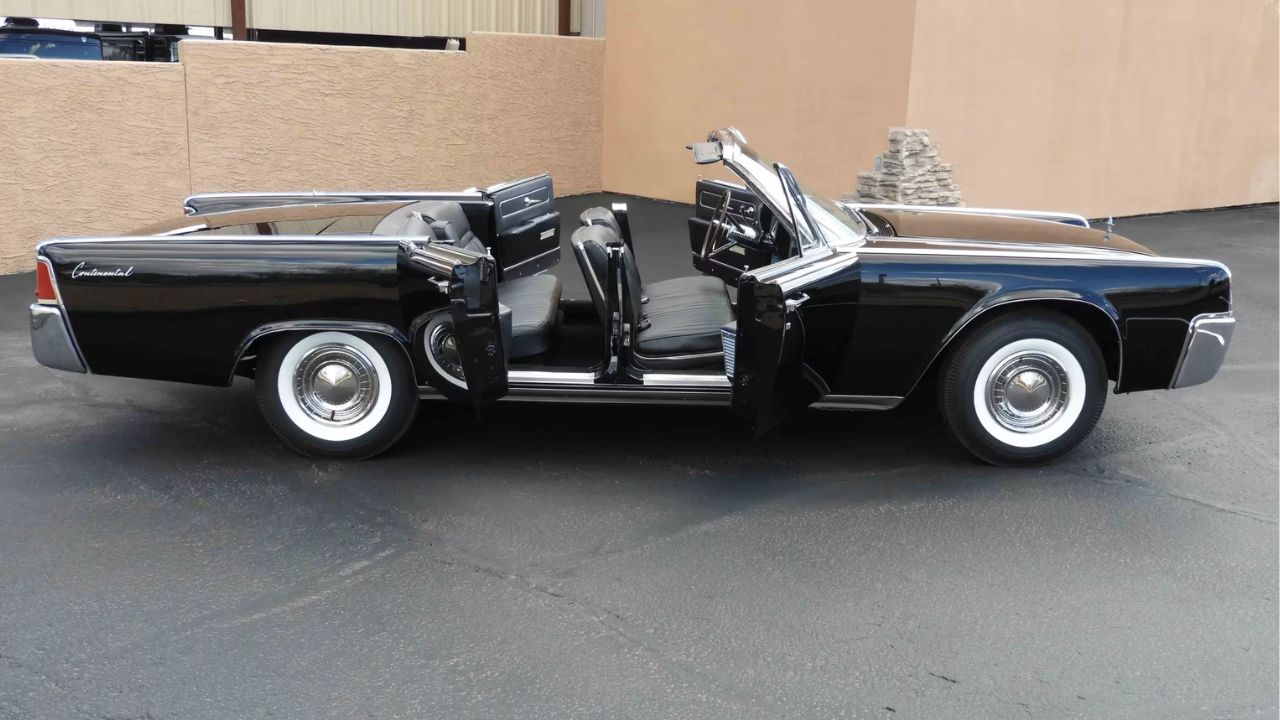
One of the most talked-about features of the 1961 Continental was its rear-hinged back doors. Often called “suicide doors,” they weren’t new to the industry—but they hadn’t been seen on a full-size luxury sedan in a while.
Lincoln made them work thanks to tight tolerances and strong latching systems. They weren’t just a design gimmick—they made it easier to get in and out of the rear seats and gave the car a sense of occasion, even when standing still. That layout stuck with the Continental until 1969.
3. The First Car to Win a Design Excellence Award
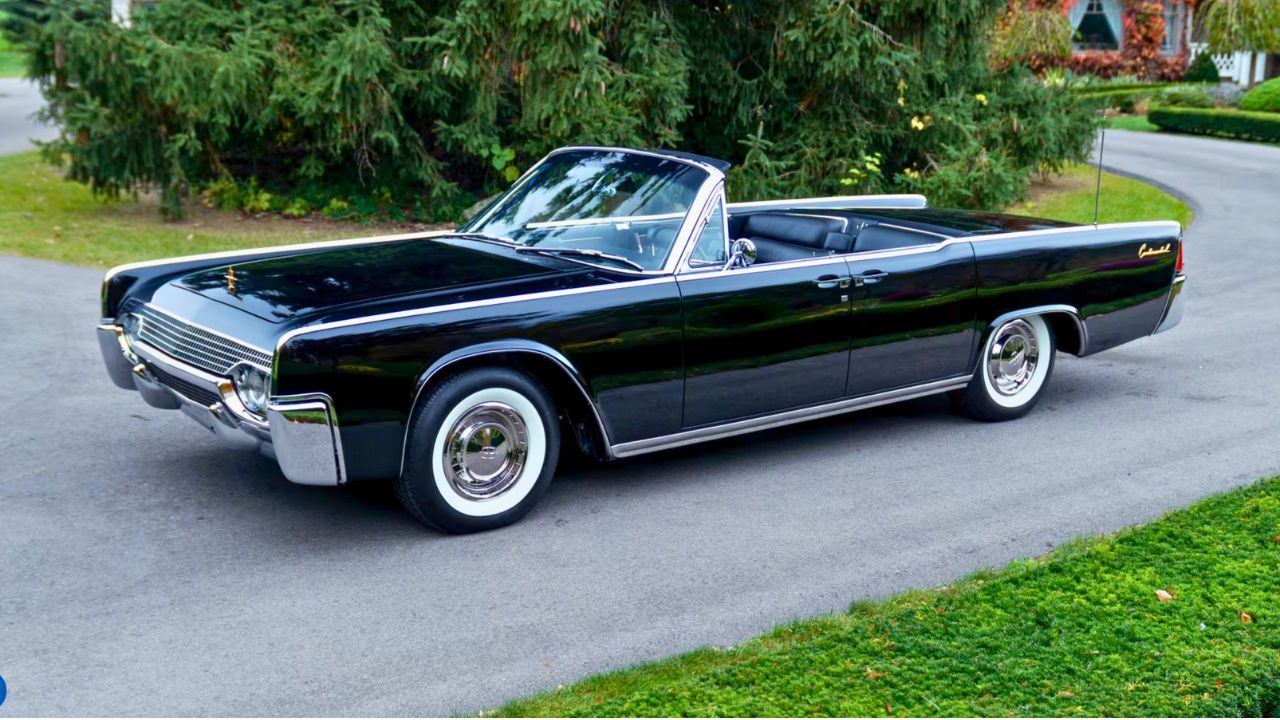
The 1961 Lincoln Continental won the coveted Bronze Medal from the Industrial Design Institute—something no other car had pulled off at the time. That wasn’t just about good looks. The car’s proportions, symmetry, and balance struck a nerve in an era moving away from fins and flash.
Engel’s work influenced not just Lincoln’s future, but how other American brands approached luxury styling. The car managed to look stately without being excessive—a rare balance in the early ’60s.
4. It Came with a Big 430 V8 Under the Hood
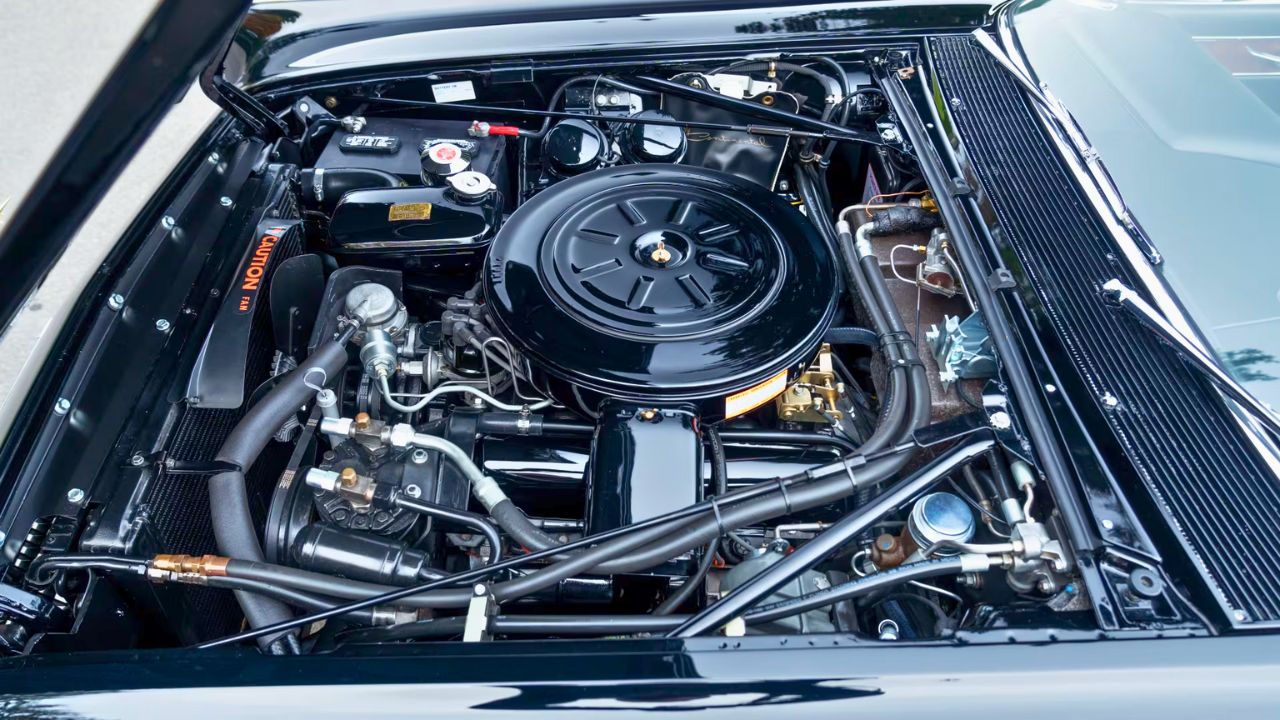
Power came from a 430-cubic-inch MEL-series V8 pushing out 300 horsepower and 465 lb-ft of torque. That’s not small-block territory—this was big car torque for big car cruising.
It was paired with a 3-speed Turbo-Drive automatic, and even with a curb weight north of 5,000 pounds, the car moved with confidence. The powertrain was tuned more for smoothness than speed, but it had no trouble pulling highway duty or rolling through town with authority.
5. The Interior Was a Lesson in Quiet Luxury
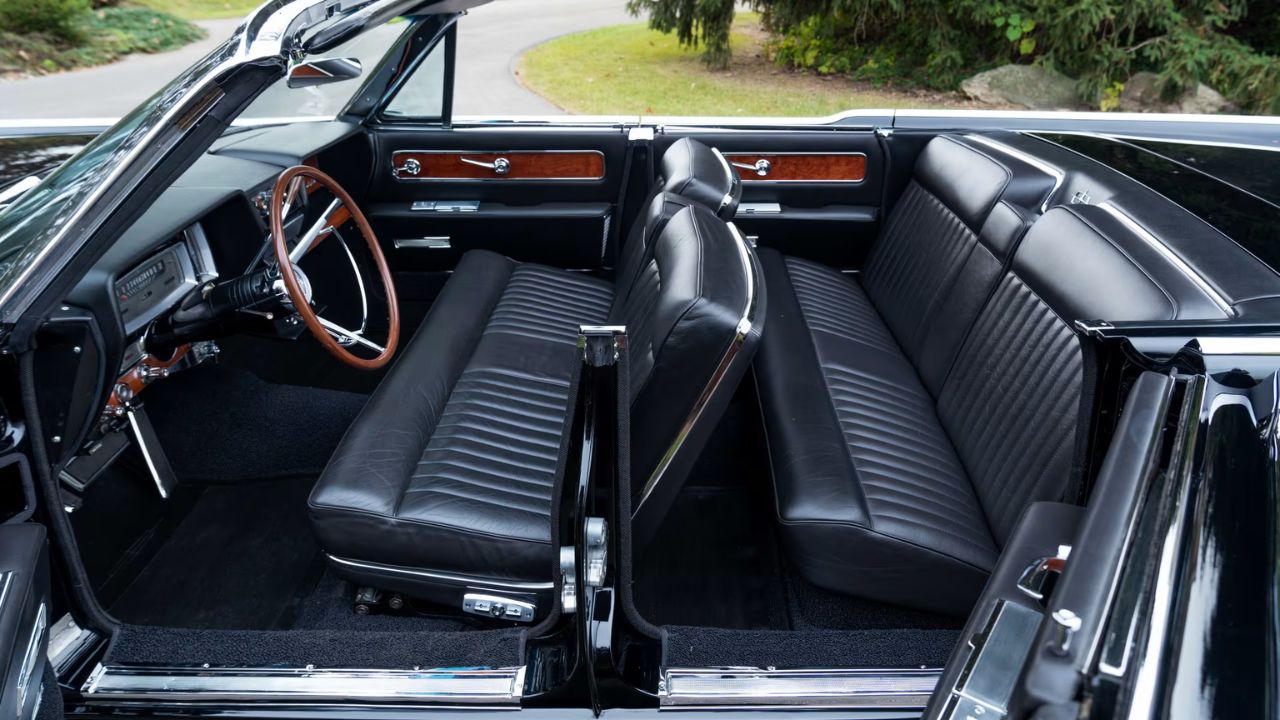
Step inside a 1961 Continental and the first thing you notice is how calm everything feels. Deep, cushy bench seats, real wood trim, chrome accents that don’t go overboard—it was all designed to make you feel like you were in something special.
Dash controls were cleanly laid out, and Lincoln focused on silence. Heavy insulation and thick door seals made the cabin quieter than just about anything else on the road. It wasn’t just a car—it was a rolling executive suite.
6. JFK Was Riding in a 1961 Lincoln Continental

History remembers the 1961 Lincoln Continental not just for its design, but for tragedy. President John F. Kennedy was riding in a modified 1961 Continental convertible, known as the SS-100-X, when he was assassinated in Dallas in 1963.
The car was heavily customized by Hess & Eisenhardt with raised seats, a retractable roof, and other features tailored to presidential use. After the assassination, it was rebuilt with armor and used by multiple presidents afterward. The association adds a somber footnote to a car already packed with presence.
7. One of the First True “Personal Luxury” Sedans
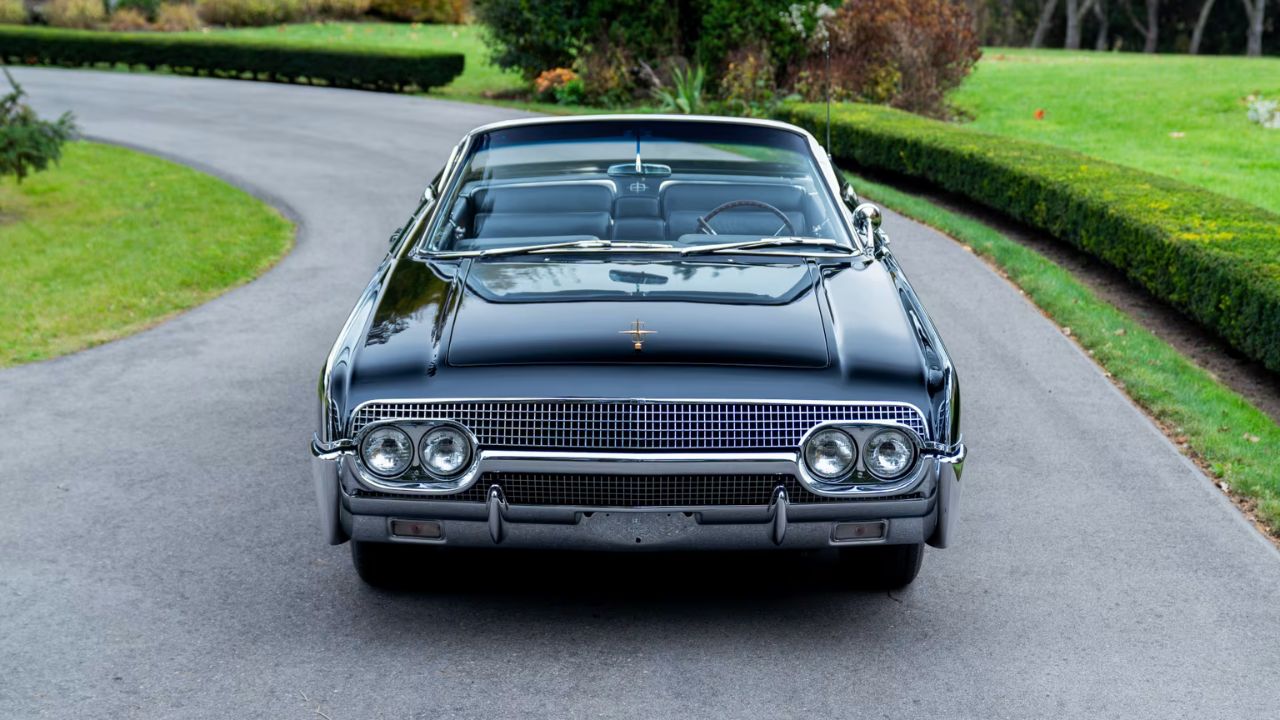
While the personal luxury trend is often linked to two-door coupes, the ’61 Continental played a big role in shaping what luxury sedans could be. It wasn’t just big—it was intentional. Every design decision was made to serve the driver and passengers, not just show off size.
You got power everything, deep carpets, and soft suspension—but in a car that didn’t feel like a boat. In a sense, it was the luxury version of restraint, and that made it even more impressive.
8. The Suspension Was Built for Comfort
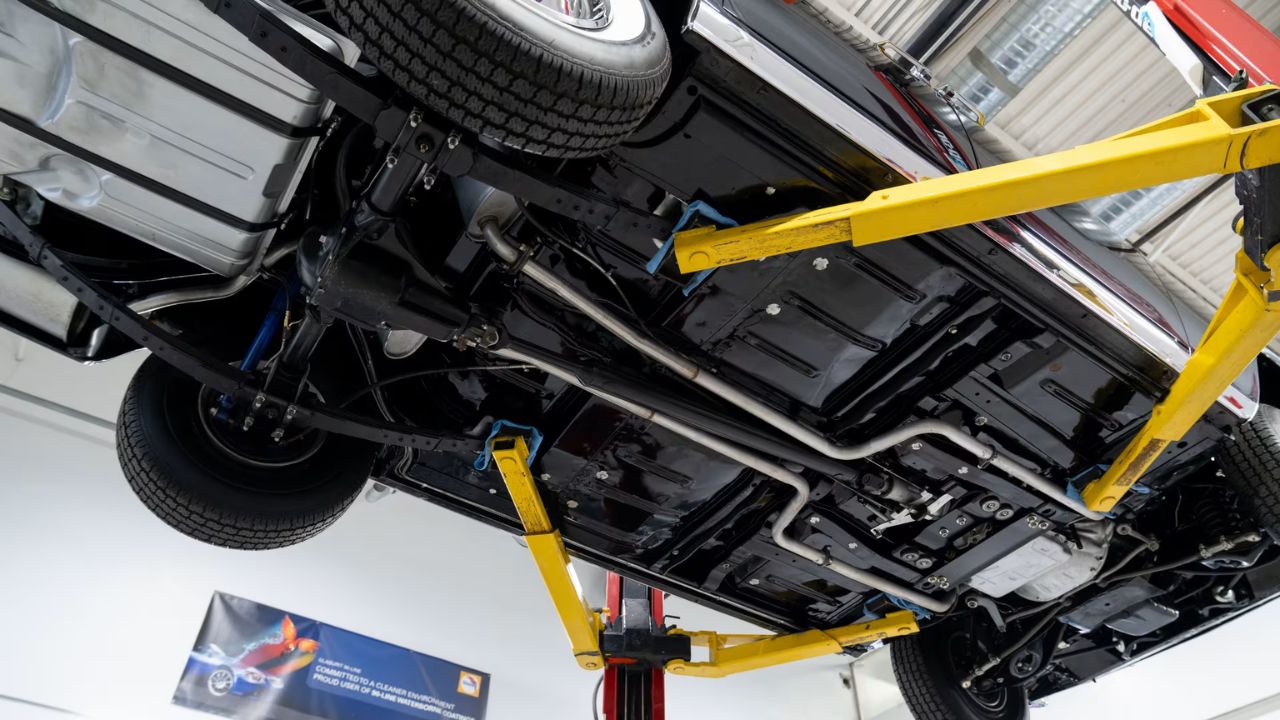
The Continental came with a traditional coil spring setup up front and leaf springs in the rear, tuned for softness. You weren’t meant to toss this car around twisty roads—it was built for long-distance comfort.
Even at highway speeds, it soaked up bumps with ease. Body roll was definitely a thing, but that wasn’t the point. This car wasn’t chasing Mustangs or Corvettes—it was out to make you forget the road existed.
9. It Had Safety Features Ahead of Its Time
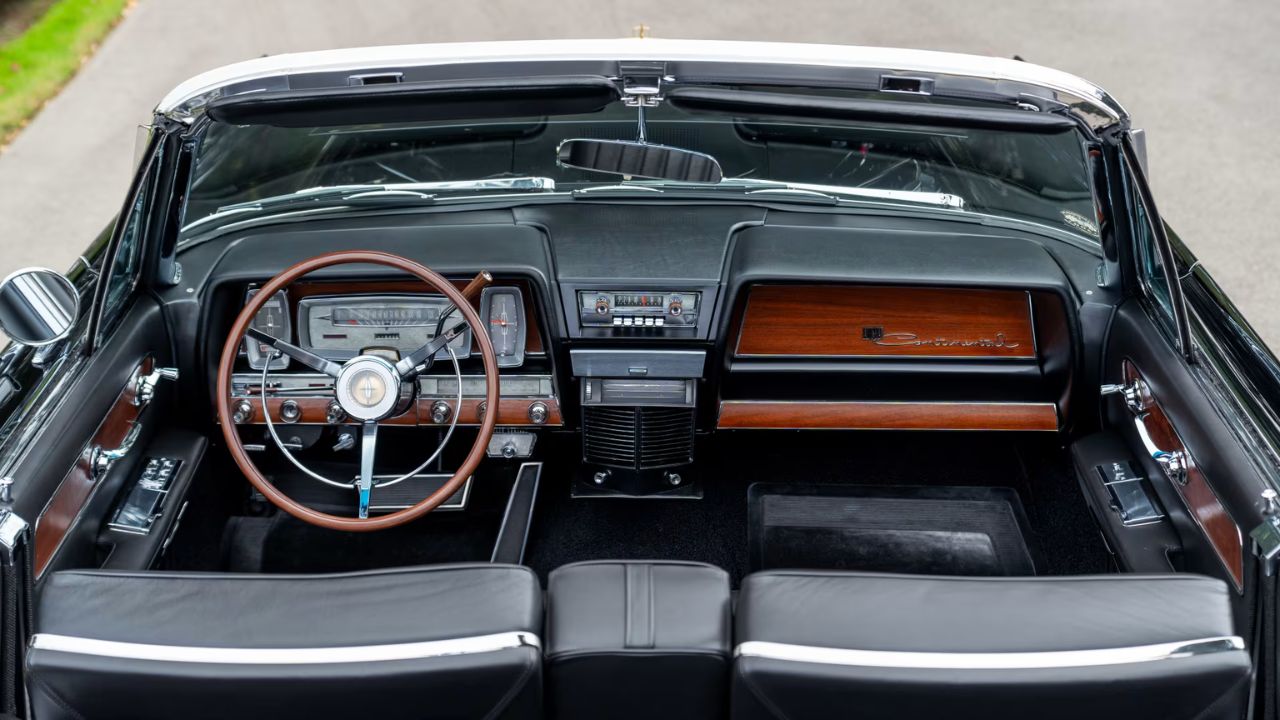
Lincoln quietly added several safety-focused features to the Continental without making a fuss about it. Things like a deep-dish steering wheel, padded dashboard, and recessed knobs were all designed to reduce injury in a crash.
There was also a dual-circuit brake system and a self-adjusting parking brake. These might seem standard now, but at the time they were a step ahead. Lincoln was trying to build not just luxury—but trust.
10. Its Legacy Is Still Felt Today
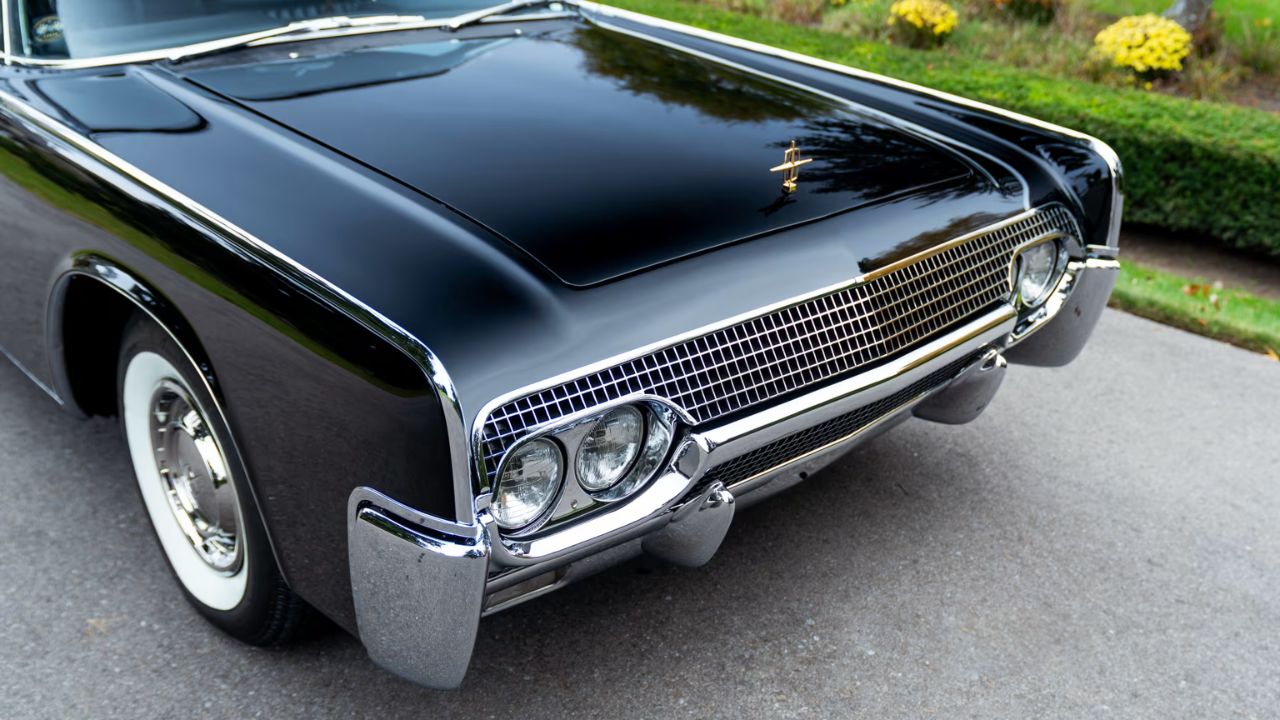
The 1961 Lincoln Continental is still one of the most referenced designs in American car history. From custom builds to concept cars, its clean lines and squared-off stance continue to influence modern luxury.
Lincoln even brought back suicide doors in 2019 as a tribute, limited to a special edition Continental. That tells you something—nearly 60 years later, the 1961 model still sets the tone for what quiet confidence in car design looks like.
*Created with AI assistance and editor review.

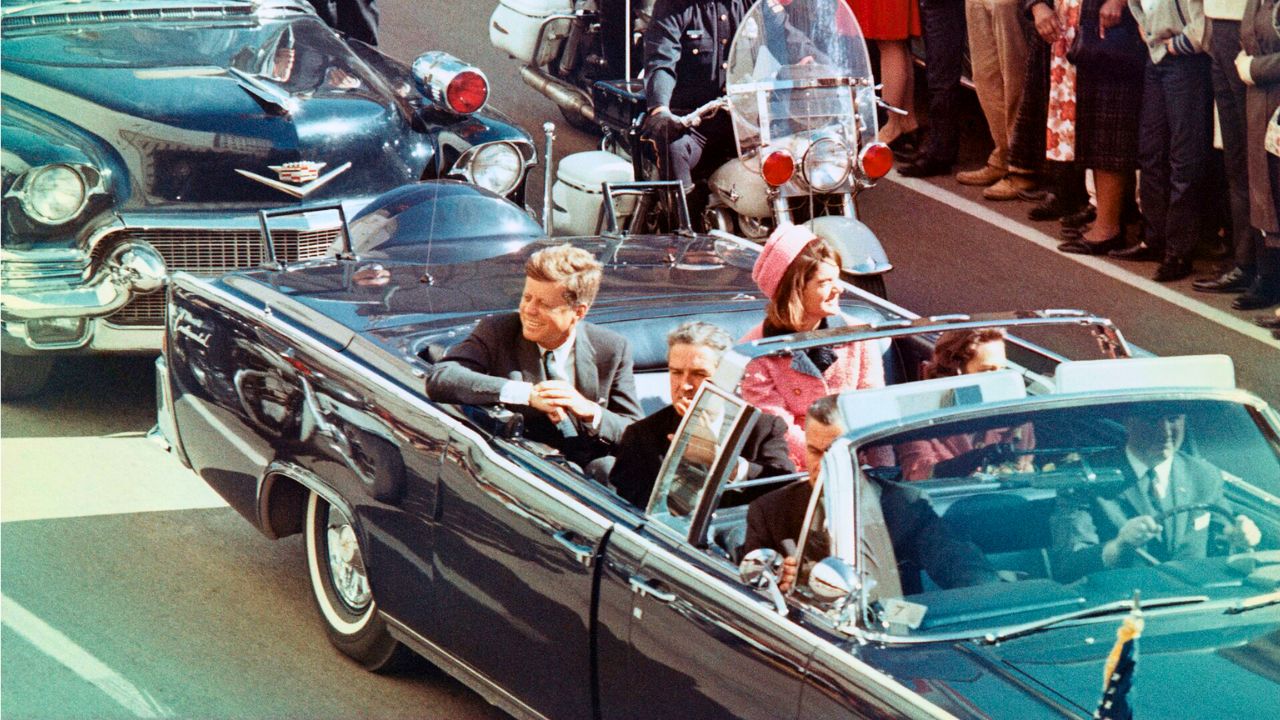
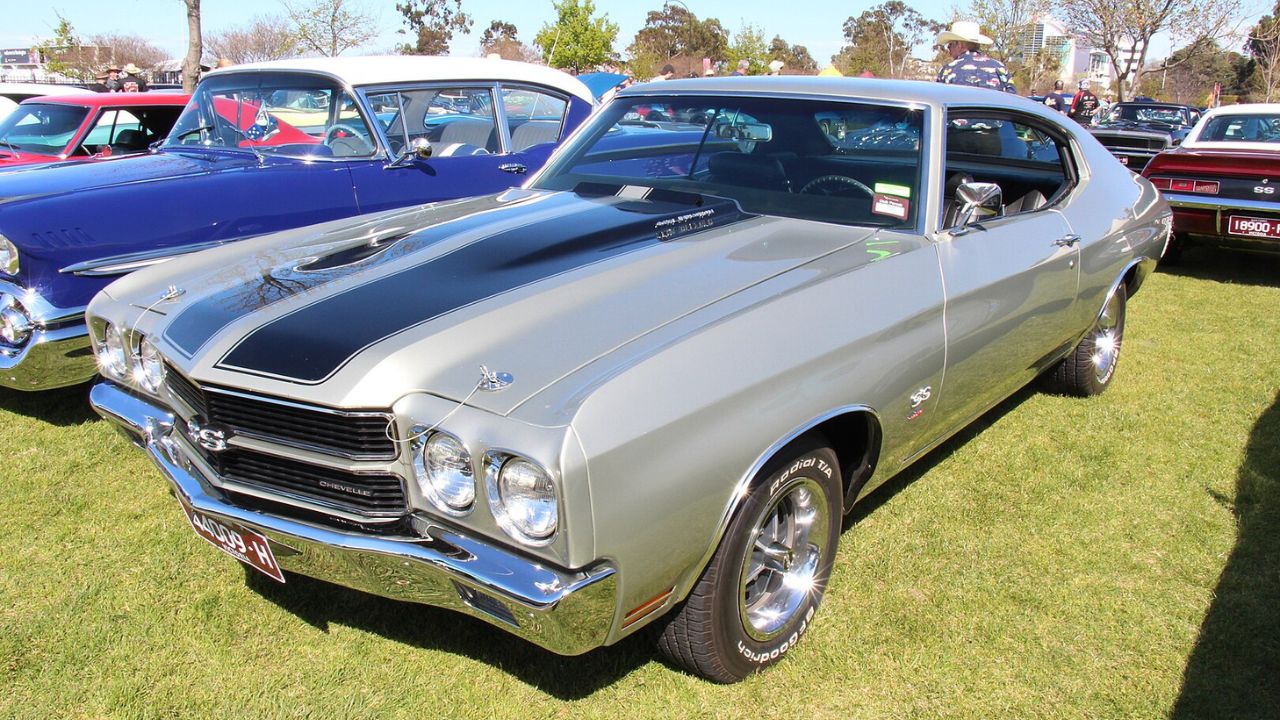
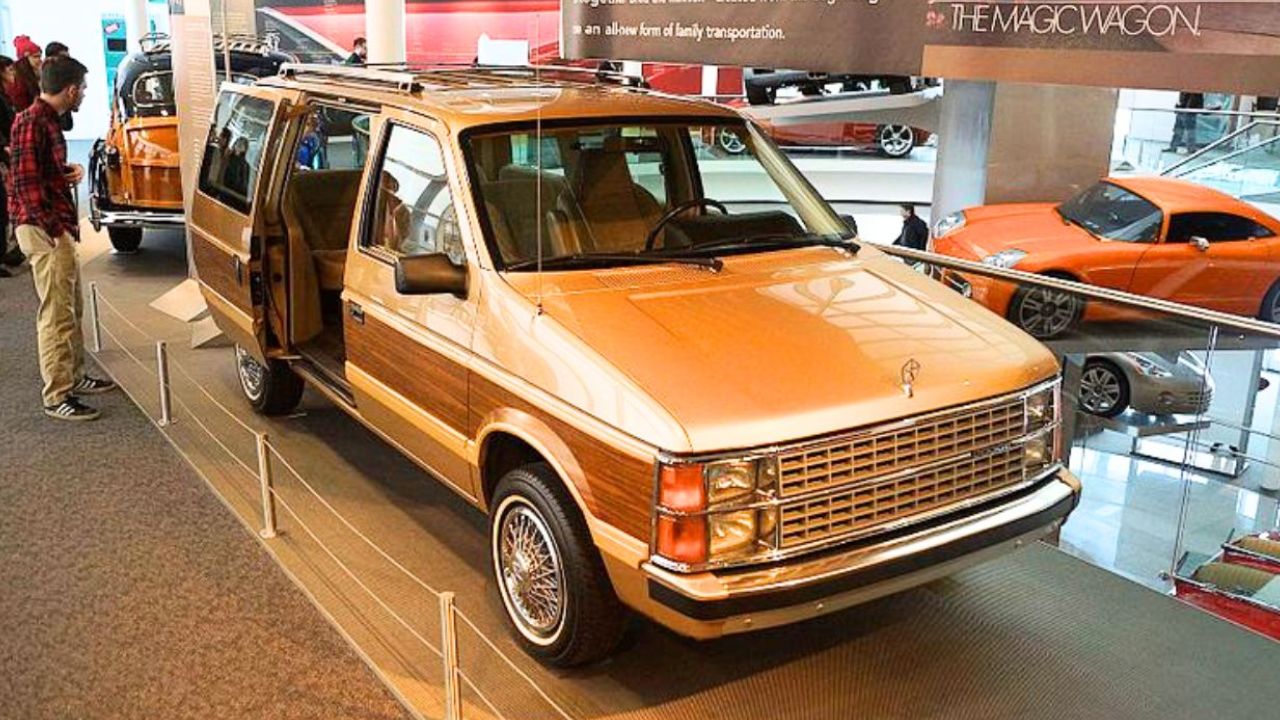
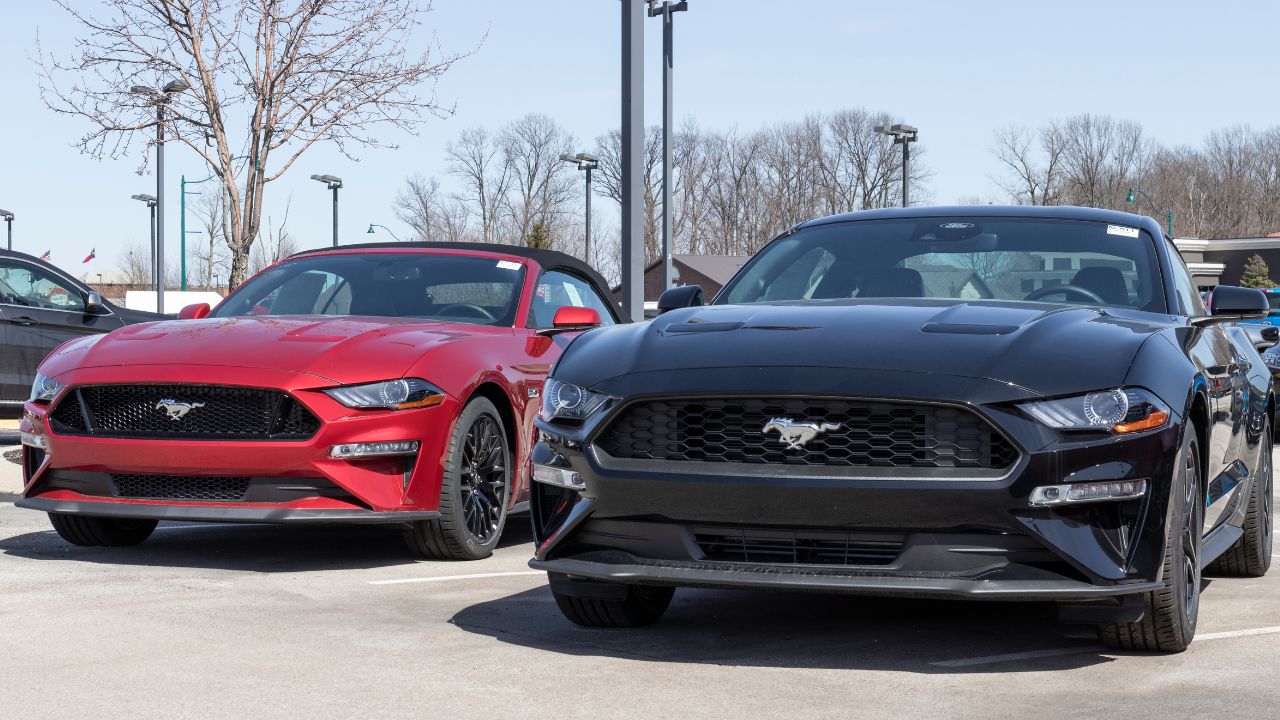

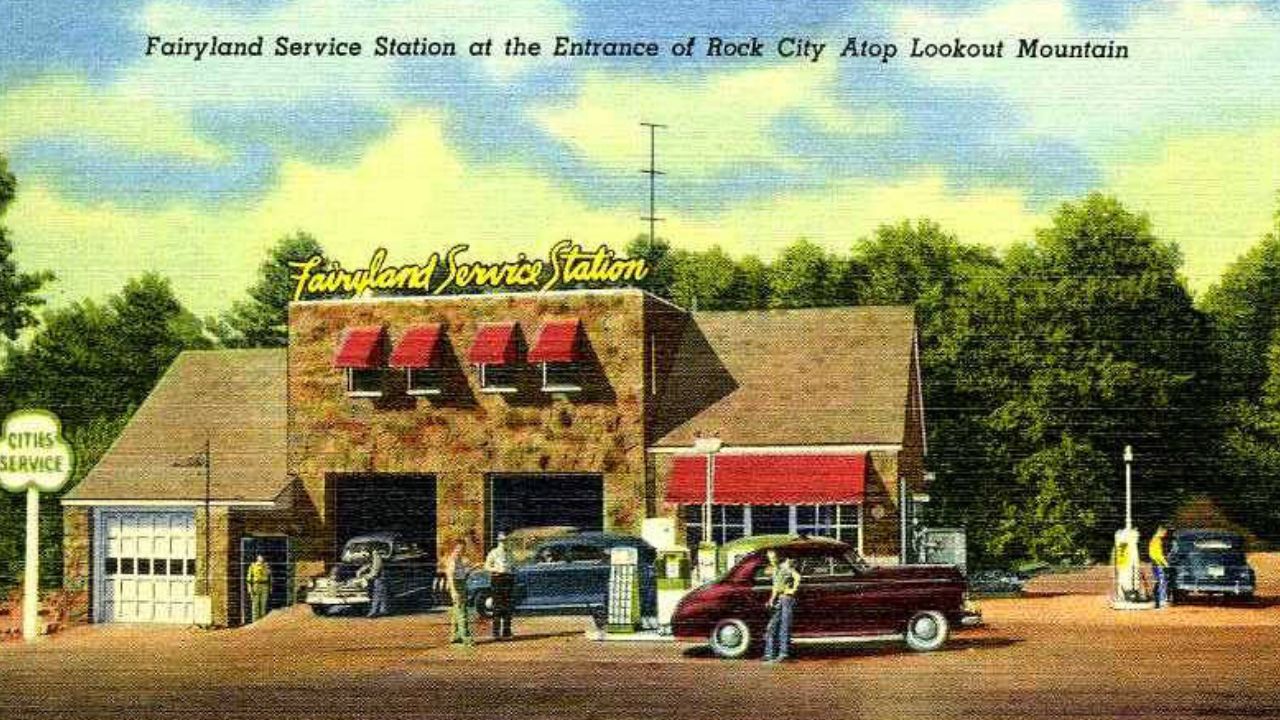
Leave a Reply